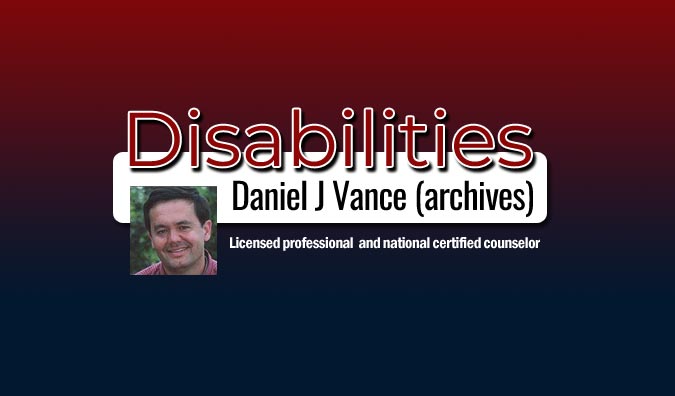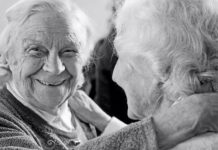In 1981, a doctor prescribed Michele Rosenthal antibiotics for a bladder infection. What happened immediately following defies description.
“Then all hell broke loose,” said 43-year-old Rosenthal of Palm Beach Gardens, Florida, in a telephone interview. Her body had an allergic reaction to the antibiotics. “The easiest way to describe it is I became like a burn patient over my entire body. I was covered with blisters up to eight inches long and they joined with the blisters next to it.” What she had was toxic epidermal necrolysis, a rare, extremely painful, life-threatening skin condition involving the complete separation of the top and lower layers of her skin.
While in the hospital, she had an out-of-body experience and was convinced she would die. Because her condition was so rare, doctors seemed clueless how to help, she said. After physically recovering, she started experiencing post-traumatic stress disorder symptoms, including hypervigilance, insomnia, nightmares, and avoidance.
“For example, I refused to discuss with anyone what had happened,” she said. “I also had an enormous fear of seeing the doctor. If anything happened with my body, I’d go into extreme panic, sometimes over the simplest things. I felt terror that something was wrong with my body that couldn’t be fixed.”
Because her body terrified her, she tried mentally taking control over it. That effort led to her having a dangerous eating disorder, anorexia nervosa. A National Institute of Mental Health website defines anorexia nervosa, in part, as a “relentless pursuit of thinness,” an unwillingness to maintain a healthy weight, a distortion of body image, and an intense fear of gaining weight. By age 35, due to anorexia nervosa, she had developed advanced osteoporosis.
Then in 2005, a breakthrough: a counselor diagnosed post-traumatic stress disorder (PTSD) resulting from her toxic epidermal necrolysis experience. Immediately, she cut back work hours to accelerate therapy. She went through cognitive behavioral therapy, information processing therapies, hypnosis, and neurolinguistic programming.
After finishing her recovery three years later, she began blogging about PTSD, started a PTSD-related website and radio show, and became a certified professional coach, hypnotist, and neurolinguistic programmer. All along, she said, she never once worked with a counselor on resolving anorexia nervosa; it ended on its own after she beat PTSD.
She advised people with PTSD to find a trauma-trained profession who believes getting over the disorder is possible.
(21+ years strong)
Welcome to the brighter side!
Get in front of local customers! 24/7 (365)





















